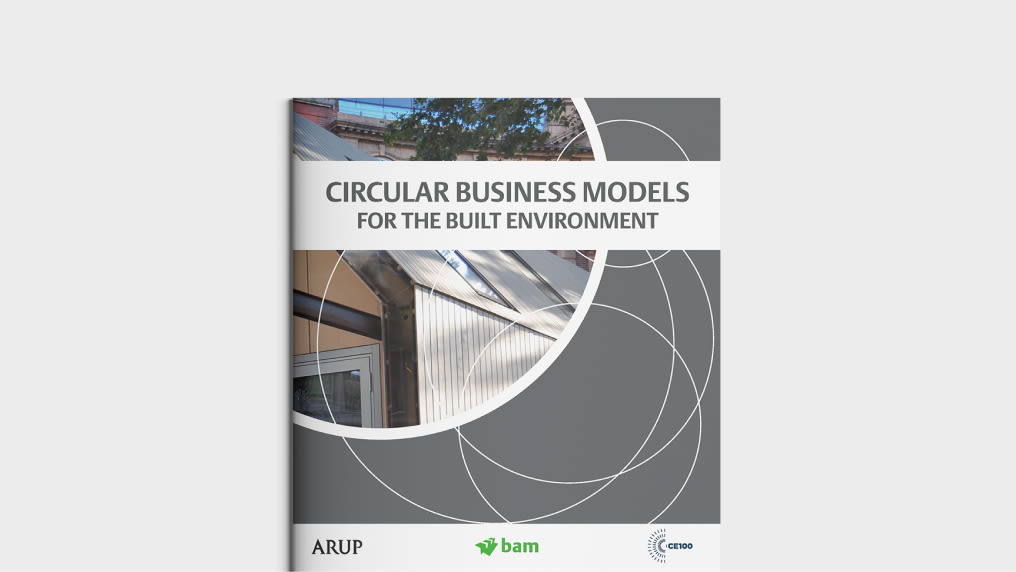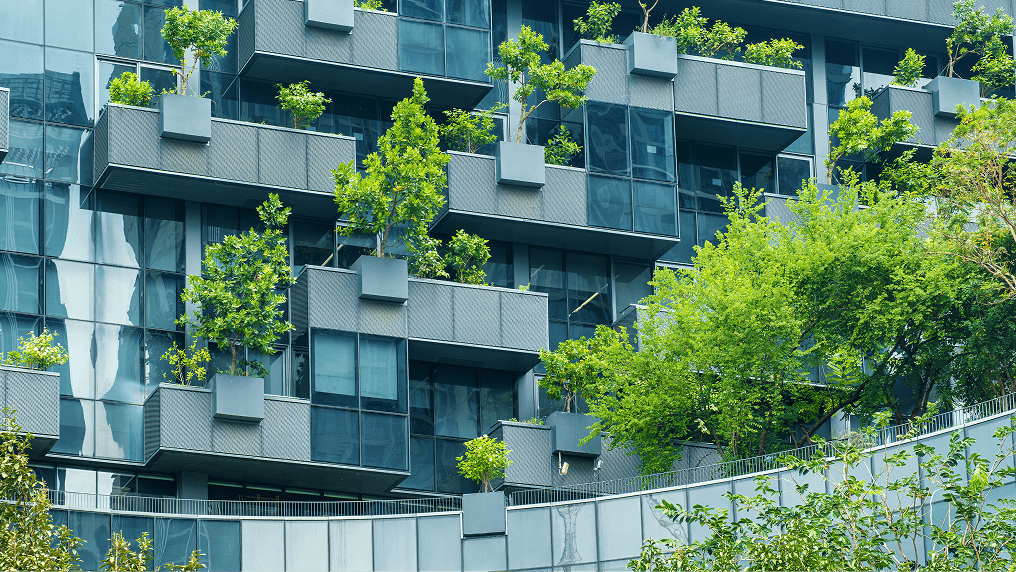In order to realise a net zero and nature positive future, the built environment sector needs to reduce the impact its demand for products and materials is having on the planet.
Using real-world case studies from Australia to the UK, this video explains how the Circular Buildings Toolkit, produced by Arup with support from the Foundation, can help the building industry tackle global challenges at every stage of a project’s lifespan.
From refurbishing existing buildings and reusing materials to designing buildings to be dismantled — turning them into material banks for future construction projects — these examples show how a circular economycircular economyA systems solution framework that tackles global challenges like climate change, biodiversity loss, waste, and pollution. It is based on three principles, driven by design: eliminate waste and pollution, circulate products and materials (at their highest value), and regenerate nature. for the built environment can reduce emissions, while also cutting waste, increasing long-term resilience, and creating new economic opportunities.







